|
I had a moment of clarity yesterday. It involved what I feel like is the most important structure of my teaching, my Artistic Thinking Process. I realized that it sucks, or at least could be improved upon. The big issue - I'd been teaching steps where I needed to teach kids what questions to ask. To back up - the Artistic Thinking Process, or ATP, is the structure my entire curriculum is based on. It's a process and set of strategies I use to teach creativity. It's the process I have students follow in every art experience I plan for them, starting out the year with me selecting the strategies used in each stage of the process and constantly scaffolding to ending the year with students using the process independently. Here is how it looked as of yesterday: I realized two big things:
Here's the new and improved version: I am now sooooooooo excited for this school year!!!!
5 Comments
Saying "no" is something teachers are used to to. It's a part of the job that happens again and again. One "no", however, has stuck with me for years. It might not have had so much impact on me, except for the child I said it to. Jose was a sweet, kind boy, who loved me and loved art. When he came into the room that day and asked me what we were making I thought he’d be excited to finish the collage he’d started the week before. Instead, he looked at the floor and quietly said he hoped we could use paint. He wanted to paint flowers for his mother. No, I said sadly. Not today. We went on with the lesson but I felt deflated. It felt wrong to tell a student that they couldn’t make the art they were excited about because we had to finish a project I’d planned. wish I could say that I stopped saying no to original art right then and there, but the truth is it took years change my teaching. I felt the pressure so many art teachers feel - pressure to decorate the walls, pressure to teach skills, pressure to make work that adults consider art. The problem with work like this, work I was having my students make, doesn’t actually teach art. It teaches projects. Those skills I thought I was incorporating? My students couldn’t reproduce them without me planning the steps. What I now know is that there is little value in teaching projects. I want to make artists, so I need to have my students do the work of artists. I plan everything I do to make sure that each child I teach uses their own ideas to make meaningful art. I say YES to students. There are so many things we can do to make room in our space for students to learn to be artists:
As summer winds down and I prepare to go back to the work I love, I’m committed to continue to say YES to student directed art! I've had a delightful week hanging out at my favorite museum! This year I'm participating in the North Carolina Museum of Art's Fellowship for Collaborative Teaching, along with my school's media specialist, Heather. Heather and I joined an awesome group of teacher pairs from around the state for three days of learning and exploring the museum's collection. 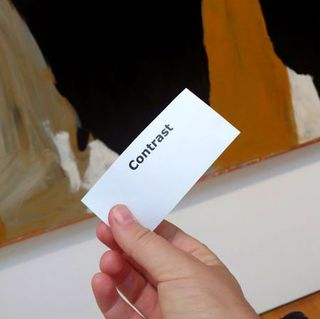 We learned lots of fun ways for students to look at art, like the activity pictured here. Our facilitators had a stack of terms from the NC visual arts standards printed on slips of paper. With a partner, we walked around the gallery and placed the slips near artworks that we connected them with, then talked as a group about some of the artworks with the words participants had selected. Heather and I decided that we wanted to focus on developing professional development for teachers at our high school that would highlight using art as primary sources across subject areas. 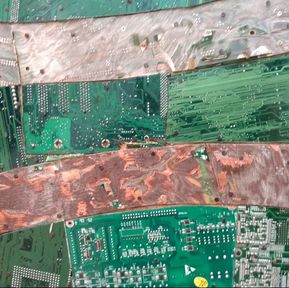 Closeup of Tightrope 9 Closeup of Tightrope 9 We were interested in work like Tightrope 9, which has connections to a variety of subject areas. It looks like a map but on close inspection is created out of circuit boards. The artist, Elias Sime, uses electronic waste as his material, collected from a market in Addis Ababa where it is shipped from all over the world. This work could be a great starting point for learning about issues surrounding sustainability, globalization or geography. One thing I love about the idea of using art with students is that it can inject diverse points of view in our classes, which can have a tendency to be heavy on viewpoints that are male and white. We've planned some PD I'm really excited about for this year, including inviting teachers to meet us at the museum after work in September! Another idea I'm excited about - having my high school art history class pair with an elementary class to give students a tour of the museum. Any NC teachers interested? I have funds for a bus! If you are interested in arts integration, check out the free, online resources the museum has created on NCMALearn. They will also be offering this online course this fall, which I'll be taking. The description: "Visual Literacy: Making Connections with Works of Art: This online course will introduce a variety of engagement strategies to facilitate deeper inquiry into works of art. Teachers can receive 10 hours of participation (1 CEU) in Art or Literacy upon completion."
There is an argument in art ed that goes something like this: to teach creative thinking we have to give students problems to solve. We, the teachers, spend quite a bit of time devising problems for our students. Examples: - Fill this pre cut shape with different types of lines. - Design and draw a themed color wheel. - Repeat an object, with overlapping, to fill the picture plane. - Make an artwork using only recycled objects. The problems we pose have a range; some are so narrow in scope that little room is left for interpretation, other are big and wide open with space for individuality. I have mixed feelings about these sorts of tasks. My primary issue is that they make a big assumption - that kids need that sort of hand holding to make art. Children are born creators. In preschool, in kindergarten, everything is a toy to be explored and creativity is unbridled. When we catch children at this age they need no limitations from us, just a safe space to make and help with understanding new processes and procedures. Any need for limitation is for the ones we miss, the ones who learn that making art is about following a teacher's plan. Limitations can have a role in helping them unlearn the bad habit of needing an assignment, of needing decisions made for them, until they can make their own plans again. BUT The limitation, no matter how interesting or open-ended it may be, is not the end goal. That has to be for our kids not to need us to make art. Anyone who tells you otherwise is missing the point. Me in the past: This is charcoal. Here are some things you can do with it. (students try the things) Now make art with charcoal. This was the essence of a charcoal Bootcamp. The idea was to have to have a short period of teacher-directed learning that would, in theory, give students the information they needed to explore and create on their own. But I've been thinking - how does teacher-directed instruction support independence, inquiry and experimentation? Does it elicit deep understanding of media and divergent thinking? What if, instead, I said: Here are a few types of charcoal, here is paper. How are the types of charcoal different? How are they similar? What happens if you add these colored chalk pastels to the charcoal? (students work in groups to figure it out, record answers, then share findings with the group) Later: Here is some huge paper. Make a drawing, using what you've learned, that incorporates symmetry. What questions will you need to find answers to before you start? This is all hypothetical now, but I'm excited to see how it impacts student learning in my classroom this fall. I'm planning student-directed investigations for all media that will replace my Bootcamps. I'm calling them Explorations.
From the beginning, my students will explore and find their own answers. They will have support from me in at the start, especially in the form of guiding questions, but over time the responsibility for developing questions will shift from me to students. I think this will change everything, When I think of creativity, I used to think exclusively of open exploration where new ideas can organically manifest. However, the reality of my high school classroom is such that free and wide space can suffocate creativity just as much as it creates room for it. Some students thrive on freedom, while others are stifled by fear. Creative thinking can be like a chemical reaction that occurs with the right ingredients, but it's also a teachable, learnable skill. My students are the most successful when I consider both aspects of creativity in my teaching. There are two approaches that I've found to be effective in supporting the student-directed learning, exploration and creative thinking I want for my students: environmental and structural. The environmental approach involves setting up the classroom in a way that intentionally elicits divergent thinking. This includes everything from having an array of enticing art-making materials easily available to accessible information about the use and care of them. For my high school students, the environmental aspect of the classroom is especially powerful for those who already have an inclination toward independent learning or who come to me with ideas they are motivated to explore. The structural approach, on the other hand, involves putting structures in place that support students’ as they navigate the creative process. The structure I’ve created for my classroom, the Artistic Thinking Process (ATP), is essentially a menu of choices for steps along the creative process that I teach my students piece by piece until each is able to develop an idea from thought to art independently. This structure is especially important for students who are uncomfortable with self-directed work, who would otherwise struggle and flounder for weeks without it. These are the students who might struggle and shut down when challenged with independent work. The ATP structure gives these kids a safety net, and for them, the limits I place to teach each step of it promote creativity. That free and wide space I used to see as integral for creativity? I now see it as a learning preference or personality type. Some students flourish with free reign, other falter, though all can learn to navigate it successfully. When I include both structures and environment that support creativity in my teaching, I can support all my students as they learn, investigate and express on their own terms. I was wondering what to write about this summer when the perfect focal point came in the mail. I first read Engaging Learners Through Artmaking years ago and it's not an exaggeration to say it changed my life. I was tired - of dealing with behavior issues and the impact of poverty on my student’s lives. I was ready to quit teaching when TAB filled my days at work with excitement and joy. Engaging Learners provided the roadmap and the motivation for this change. Time has moved on since my first reading. I spent 3 years teaching TAB at the elementary level, then moved to high school where I’ve just finished my fifth year. I’m currently at a place, as I tend to be every summer, where I need to reflect on the year past and plan new content from what I’ve learned. Reading the second edition of Engaging Learners, published just this year, is a perfect fit for where I am right now. I plan to read, then reflect on how what I’m reading connects to my own practice. My plan for this week was to read chapter one, but I got stuck on the first few pages with something I need to think about! "The Child is the Artist." Douglas & Jaquith, 2018This idea, so central to TAB, is deeply powerful. All art teachers think of their students as artists, but it isn’t always the case. Artists find ideas and plan how to take them from thought to tangible. Student artists, all too often, are tasked with taking their teacher’s idea and recreating it. The idea that students are the artists, not the teacher, is revolutionary, because it asks us to stop teaching to the project and instead focus on each individual student. “Students need time to explore materials, techniques and concepts in meaningful ways, and teachers need to connect the art curriculum to the lives and interests of children, This requires rethinking the art program." - Douglas and Jaquith, 2018, p 3 In my life, rethinking my elementary art room was powerful. I set up centers and taught students how they were used. Week after week students came in and worked as artists, planning artwork from beginning to end. The next year they took what they’d learned to new levels, building on the year past. We were a community, with standards and norms that everyone knew and used. When I moved to high school, that changed. I was no longer responsible for the visual art standards and norms. Instead, I was one of a department of four and we all did things differently. I felt less impact from this the first few years because I only taught beginning students. I was so excited when I learned that I’d be teaching Art 3, an advanced class. I pictured opened ended, confident work. What I got instead were a group of very talented artists who didn’t know much about independent creation. How do I treat my students as artists when they have unlearned how to create independently?
This question is central to secondary TAB. Many high schoolers have learned creative helplessness and are deeply uncomfortable when asked to plan content or make their own artistic decisions. Working as part of a department that is not all TAB makes this even more difficult because instruction is not consistent. For me, this means I have to plan content that scaffolds choice, always with the goal of moving students from a place of discomfort to the role of artist. The way I scaffold choice in my classroom is with my Artistic Thinking Process. This year I’ve come to realize that my advanced students need it even more that my beginning ones and I plan to rethink my teaching this summer with that in mind. In my classroom, "the child is the artist" looks like planning specific experiences based on each individual. I do this by asking students about what they already know at the start of the year and observing them closely, planning next steps based on continual formative assessment, a process I will be more intentional about next year. I ask them to play and experiment with exploration and challenges, which I want to add to in the future with increased focus on learning through discovery. I also provide flexibility in all that I teach - room for those who are able to take ownership of their artmaking, as well as support for those who need it. By the end, which could be anywhere from the last two months to the last two weeks, the goal is for everyone to be working independently. Art shows are fun, but who ends up going? If the show is after school, especially if it's at a venue other than the school, the people who attend are most often art students, their friends and family. This makes a good event, but it tends to not reach students who don't already know about the art program. Last year I had an idea - bring the art show to the school when the kids are there and try to attract students and staff who might not otherwise attend an art show. The Pop Up Art Show was born. Ellen's collection, above, focused on family Three of the images from Kayla's series. From her artist statement "Throughout this semester, I've not only been trying to branch out to really find the art style that works for me, but I've also been trying to discern who I am as a person and, with the help of my art, I believe that I've managed to do so, or at least crack the surface." I have to give credit to my amazing local museum, the North Carolina Museum of Art. I've been to many incredible events there, but the one that really inspired me was the Monster Drawing Rally, which included artists working on site while the audience watched. I told my students about this and challenged them to make our event filled with active audience engagement. This time around we chose micro drawing, which were free, mini drawings that were drawn on request. We also included face painting and onsite screen-printing. I decided to include my art history class in the show this year by having them work in groups to make art history themed carnival games (inspired by some guy). I'm not going to lie, initially they were resistant ("We seriously have to do this?") but they pushed through some intense senioritis and made some delightful games, including a version of the game Operation featuring the Vitruvian Man, pin the ear on van Gogh and a Scream inspired ball toss. The Pop Up runs for just one day during lunch. We set up in the media center in the morning and welcomed the crowd during lunch. The games were very popular, as were the drawing activities and face painting. It was like an art show, but instead of standing around looking, the audience was participating actively. The audience was still art students and their friends, but kids were there who would have never come after school, which is a huge win for the sort of art program I want to build. AND THE ART! My kids' collections were amazing. I'm so proud of all my students and that my school is the kind of place where the media center welcomes and supports this sort of event.
The key to a successful learning experience is deep, lasting learning - the sort of knowledge that comes from discovery. With this in mind, I've been exploring new ideas for introducing content in my classroom. This week I planned and taught what I'm calling an Exploration in my Art 1 class with the idea of creating the right conditions for students to build understanding through discovery and collaboration.
What that sort of assignment was missing, I realized, was an opportunity for students to work independently. Instead of being challenged to understand how clay works well enough to plan and create using their own ideas, they were following the steps I taught them. What was needed was an opportunity to experiment, to discover, to learn first hand how the process works. After thinking, researching, talking to colleagues and being inspired by Jean and Liz's TAB in the Single Media Classroom presentation at NAEA, I developed a plan. I decided to have students create slab sculptures, which is limited enough to teach the whole group new skills and process together, but open enough to require the independent planning and research that will elicit lasting understanding. The first day of learning started with two centers. At the first I placed clay in four different stages - slip, plastic, leather hard and bone dry. Kids at this center were asked to compare and contrast the different stages, then work to write a description of each stage. Next, students moved to the second center, where I showed them how to roll a slab with plastic clay and add texture. Then I talked about templates, and showed the group how to use one to cut a leather hard slab to form a bowl. Students spent the remaining time rolling slabs and experimenting with textures. These two centers worked well together to build knowledge. Students learned a lot by touching and talking about the stages of clay at the first center. This knowledge absolutely helped them understand the process I taught at the second center, where understand the stages of clay was essential information. My kids asked thoughtful questions about process the next day when my colleague's students brought in ceramic boxes they created and shared them with my class. These experience were a good foundation for next week's challenge: researching and designing a template then creating an original slab sculpture. Thanks to Kim, Jean and Liz for help and inspiration. 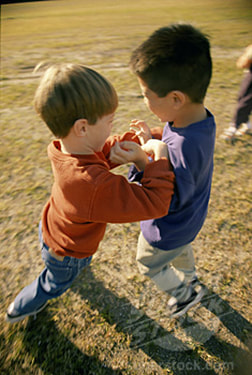 Over the last week I've run into a few different sweeping judgements of TAB teachers. We're pushy, I read, and aggressive. In the past I would have been upset about these sort of classifications and written an angry response straight away. I didn't. Not even a comment, but I've been thinking about it since and come to some conclusions. What it comes down to is this; TAB represents change and that makes us uncomfortable. TAB, or Teaching for Artistic Behavior, is a philosophy centered around a three sentence curriculum:
These ideas represent a profound change in art education and have been deeply transformative for many TAB teachers. For me, TAB provided the change I needed at a time where I was considering leaving education. I was able to transform my classroom, in a Title 1 school where I had constantly struggled with managing behavior, to a place where all my students were creatively engaged. The issue with TAB teachers is that many of us have seen the other side of art education and rejected it. We've had DBAE classrooms where we planned the work our students would create. Then we experienced the opposite - teaching students to plan and create their own work with their own ideas - and realized that the rest isn't needed and gets in the way of actual art-making. Many feel strongly enough about the experiences we've had to advocate for change in art education from a teacher-centered approach to a student-centered one. As women, which so many teachers are, we were raised to be nice, polite and get along. Strongly advocating for a teaching philosophy, even disagreeing with the pedagogy of others, challenges this expectation. We could call this behavior "aggressive" or "pushy" but also "passionate" or "dedicated". Art education is better when we question how it's taught and debate best practices. We need passionate teachers who deeply believe in what they're doing and who work for change to continue to grow and evolve as a profession, both inside the TAB community and in art education as a whole. If that makes me pushy, I'll take the label. |
Mrs. PurteeI'm interested in creating a student student centered space for my high school students through choice and abundant opportunity for self expression. I'm also a writer for SchoolArts co-author of The Open Art Room. Archives
December 2019
Categories
All
|
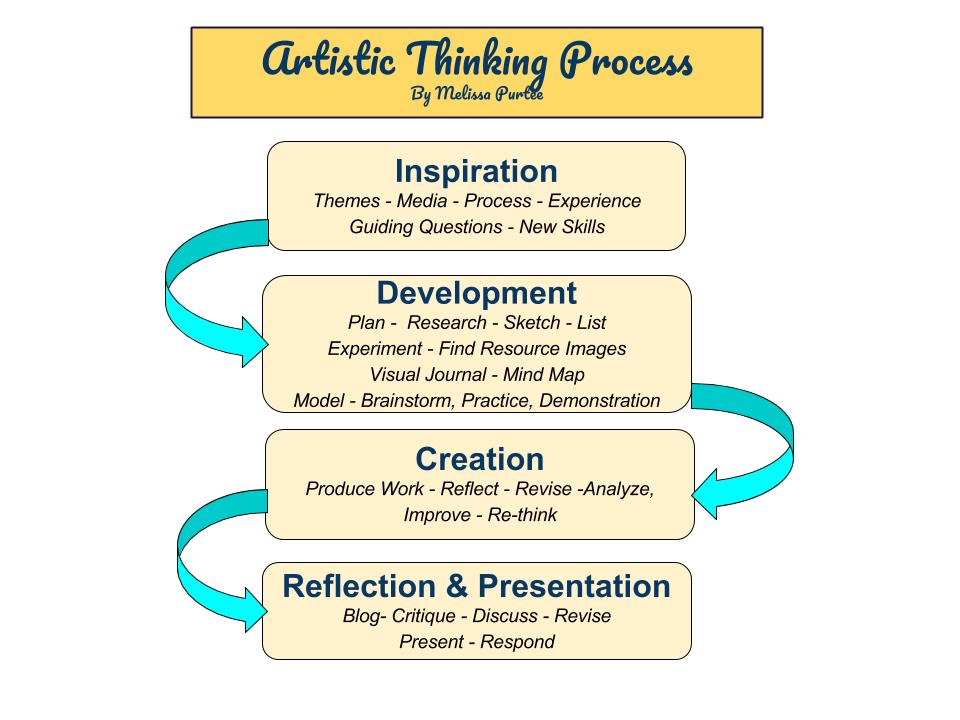
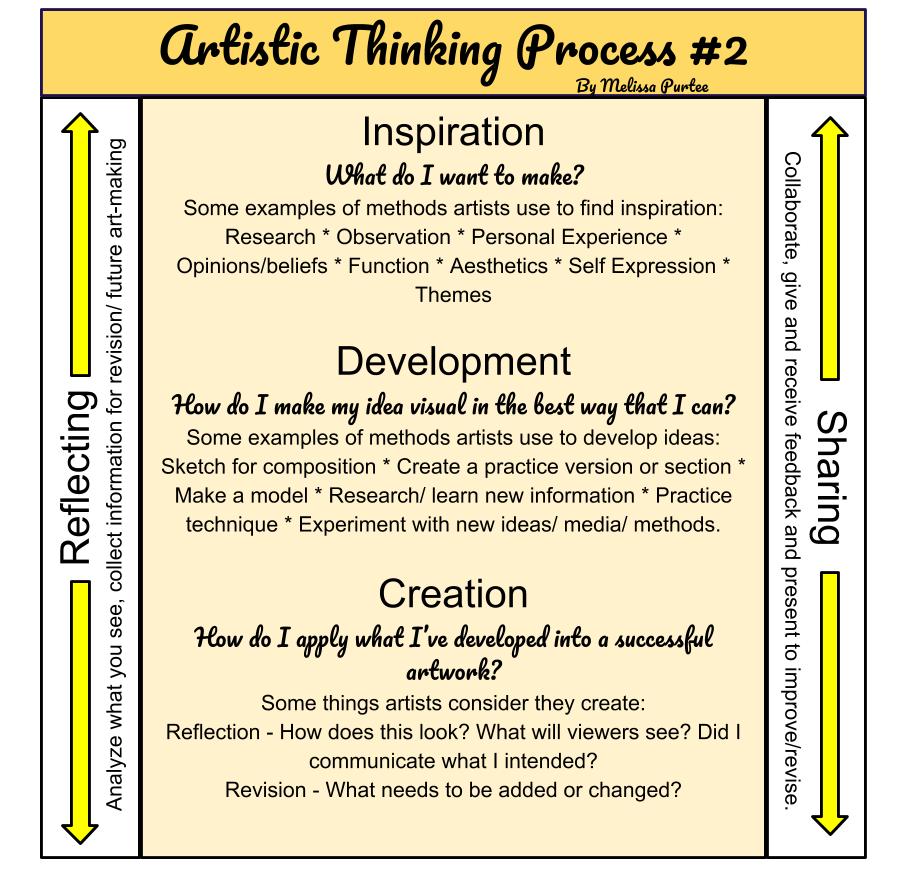
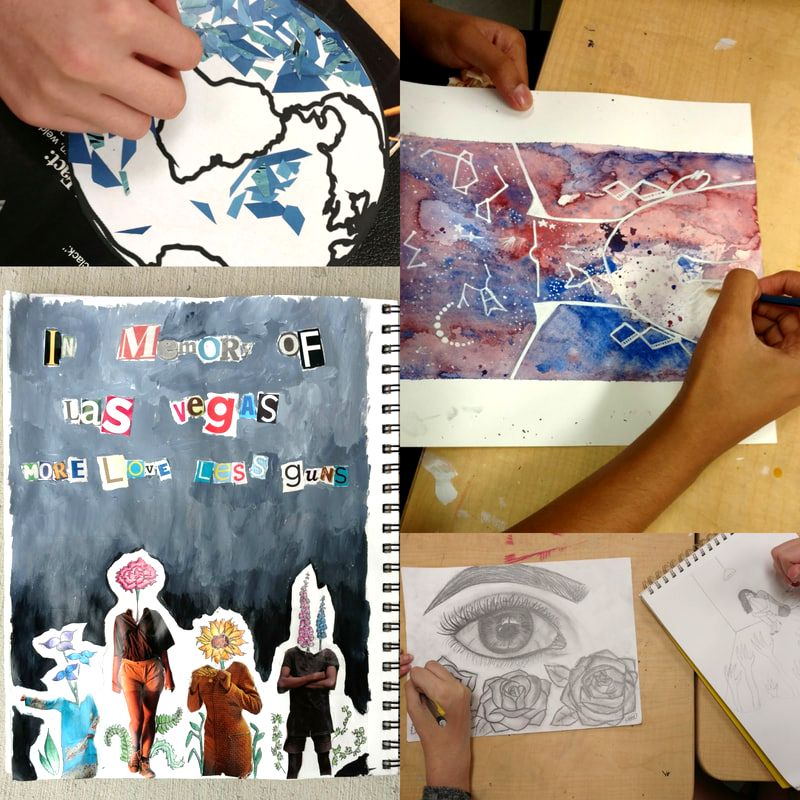
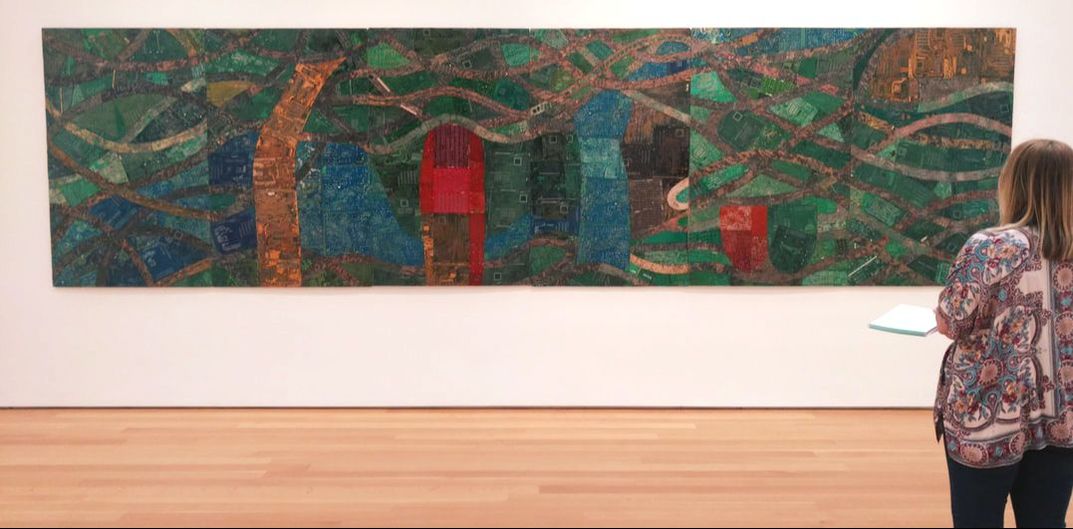
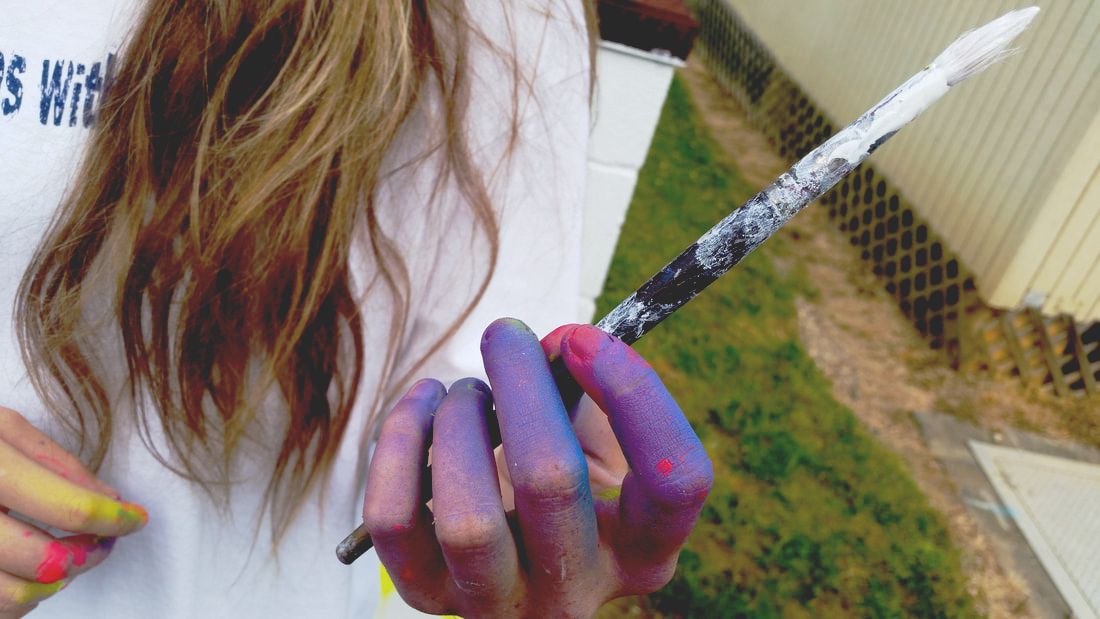
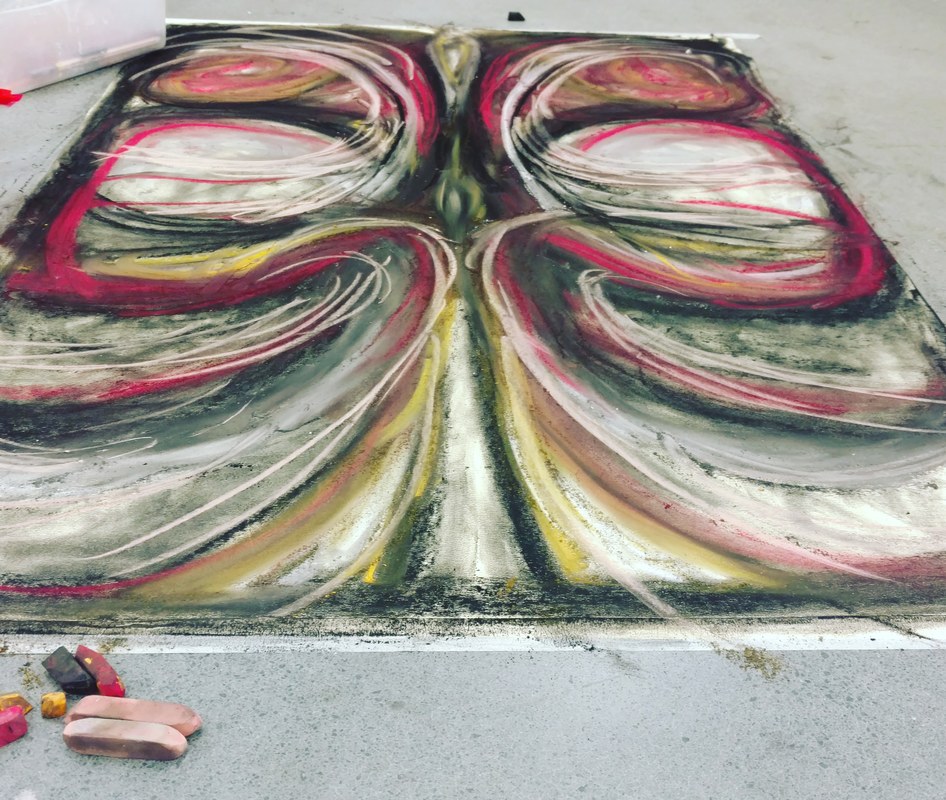
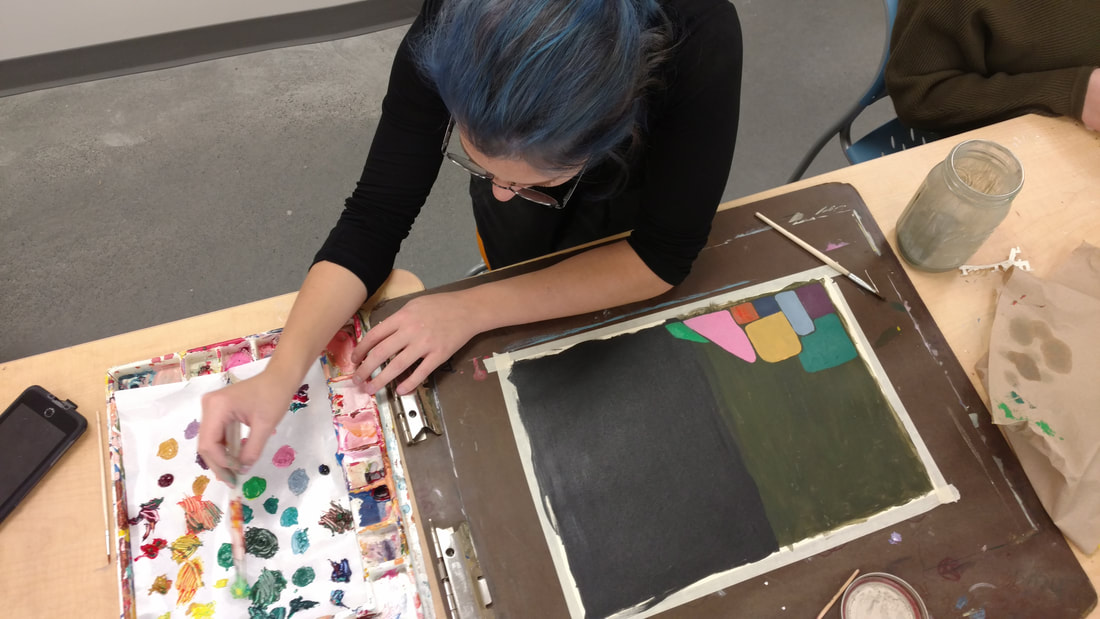
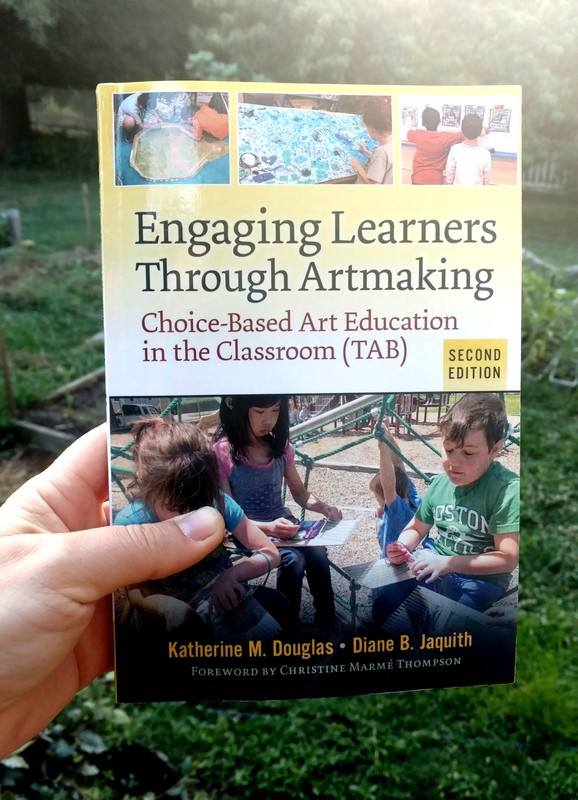
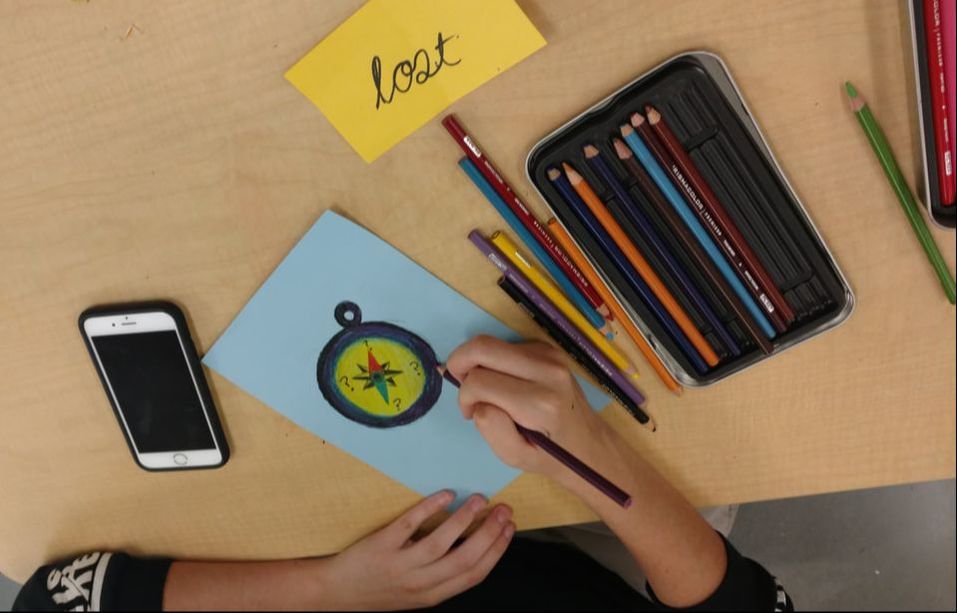
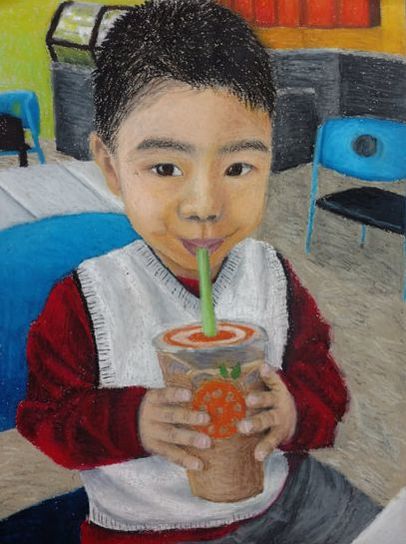
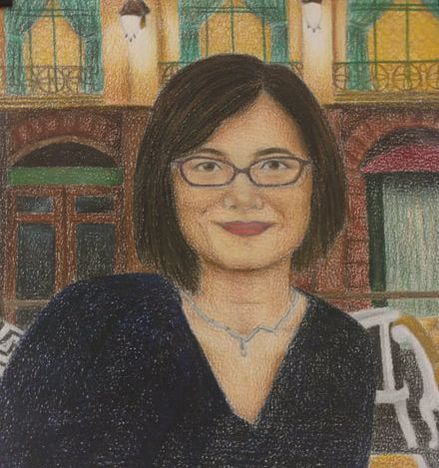
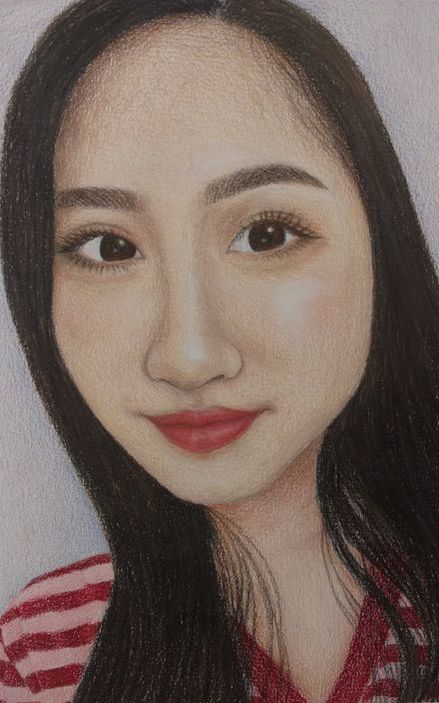
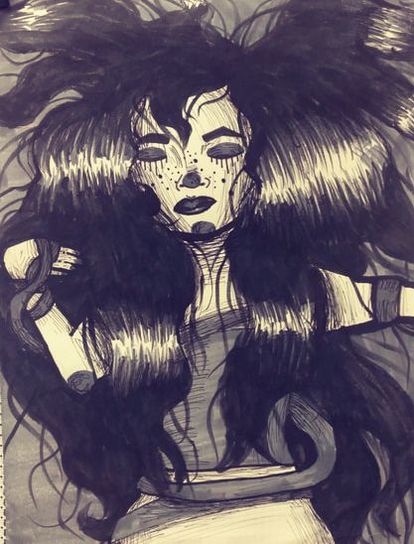
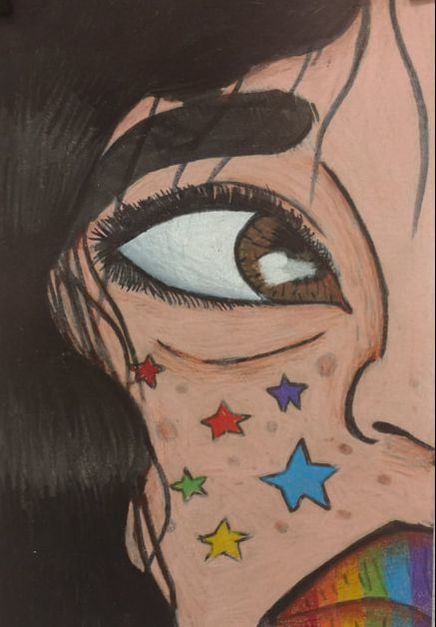
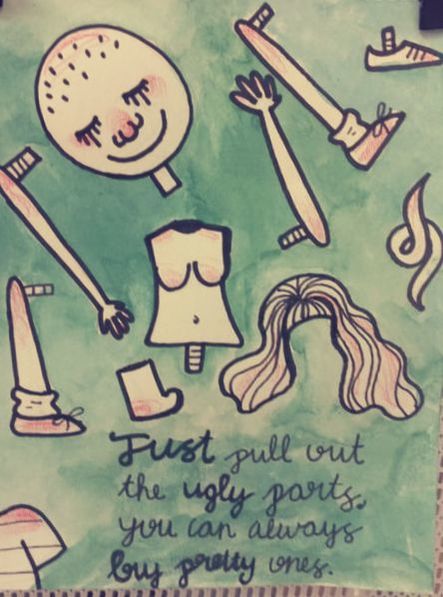
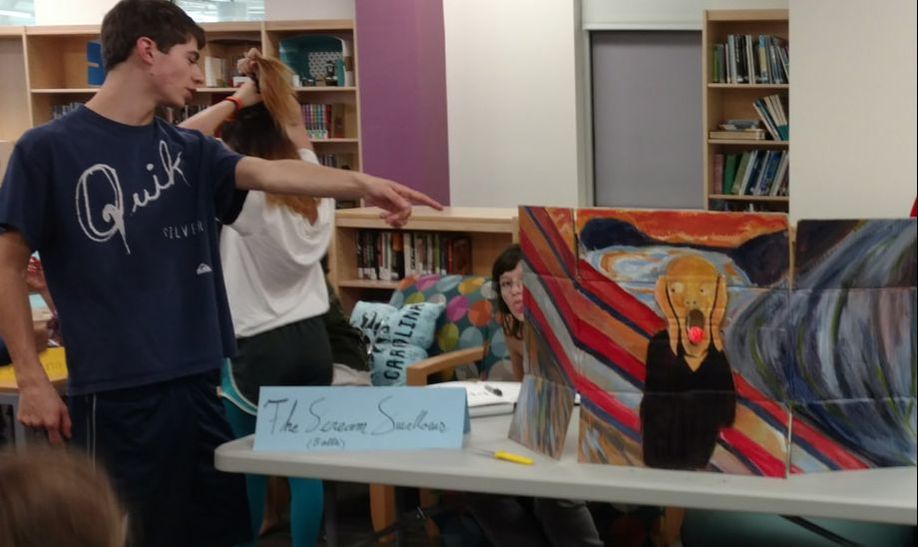
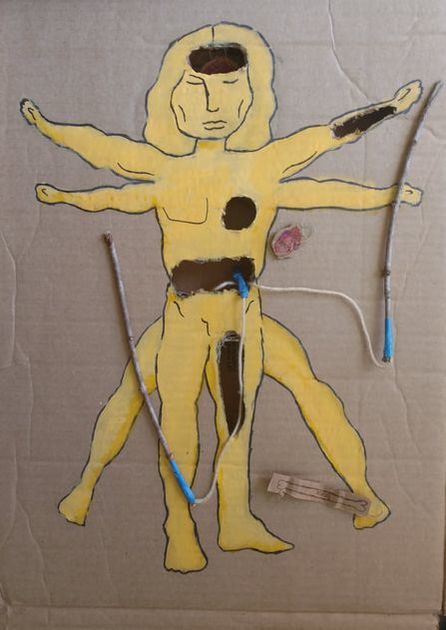
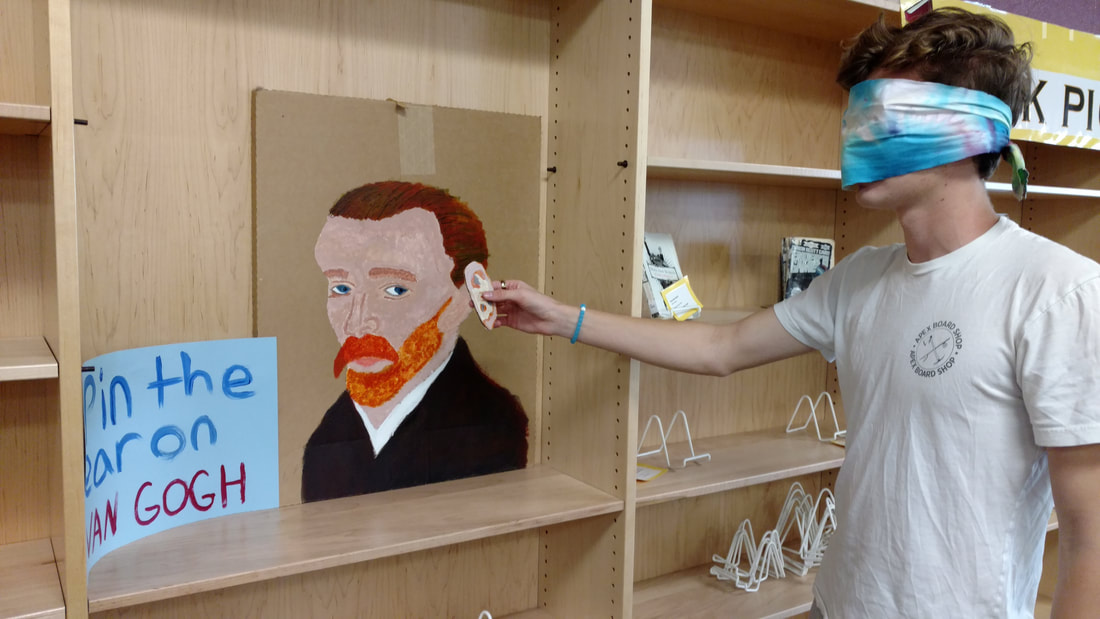
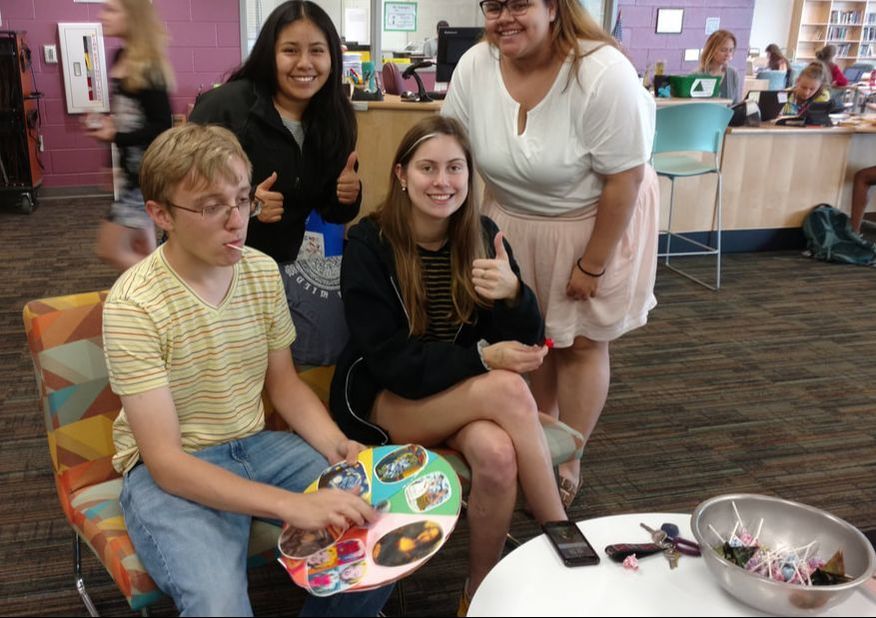
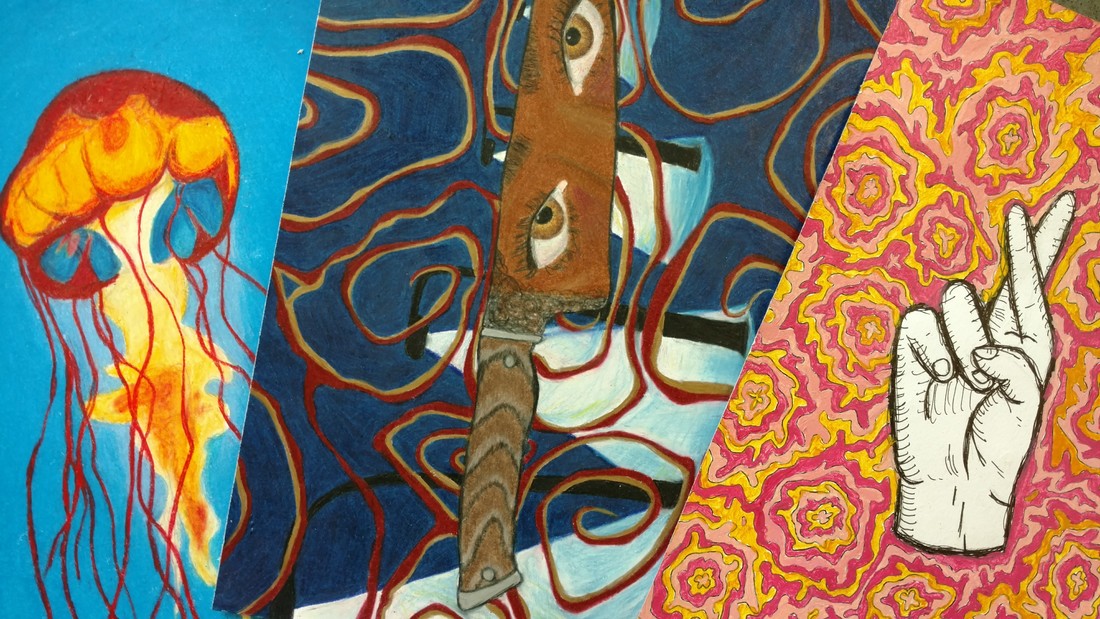
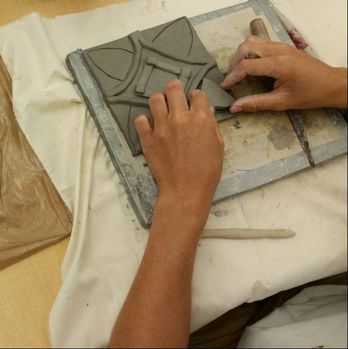
 RSS Feed
RSS Feed
